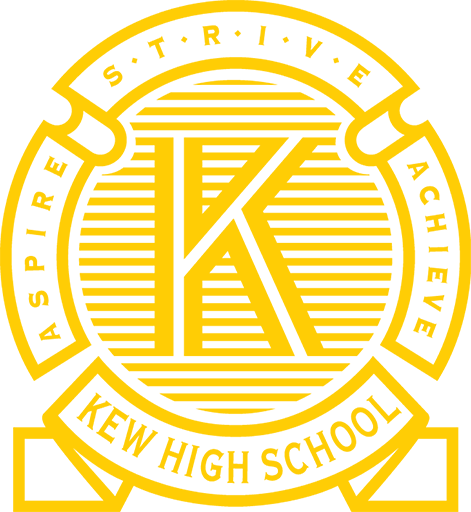Home » Our School » Child safety
Child safety
Please click on the links provided on this page to download available school policies including our Child Safe documentation.
Statement of commitment to child safety
Kew High School is committed to the safety and wellbeing of all children and young people. This will be the primary focus of our care and decision-making.
Kew High School has zero tolerance for child abuse.
Kew High School is committed to providing a child-safe environment where children and young people feel safe and are safe, and their voices are heard about decisions that affect their lives. Particular attention will be paid to the cultural safety of Aboriginal children and children from culturally and/or linguistically diverse backgrounds, as well as the safety of children with a disability.
Every person involved in Kew High School has a responsibility to understand the important and specific role he/she plays individually and collectively to ensure that the wellbeing and safety of all children and young people is at the forefront of all they do and every decision they make.
In its planning, decision-making and operations Kew High School will:
- take a preventative, proactive and participatory approach to child safety
- value and empower children to participate in decisions that affect their lives
- foster a culture of openness that supports all persons to safely disclose risks of harm to children
- respect diversity in cultures and child-rearing practices, while keeping child safety paramount
- provide written guidance on appropriate conduct and behaviour towards children
- engage only the most suitable people to work with children and have high-quality staff and volunteer supervision and professional development
- ensure children know who to talk with if they are worried or are feeling unsafe and that they are comfortable and encouraged to raise such issues.
School Child Safety Leader
The Assistant Principal is our School Child Safety Leader and works in collaboration with the Student Wellbeing Coordinator, Chaplain and Wellbeing team. The role of the School Child Safety Leader is to provide authoritative advice, raise awareness, and ensure training needs are met and accurate records are maintained, as detailed below.
Provide authoritative advice
- Act as a source of support, advice and expertise to staff on matters of child safety.
- Liaise with the Principal and school leaders to maintain the visibility of child safety.
- Lead the development of the school’s child safety culture, including being a child safety champion and providing coordination in communicating, implementing, monitoring, enhancing and reporting on strategies to embed a culture of child safety.
Raise awareness
- Ensure the school’s policies are known and used appropriately.
- Ensure the school’s child safety policy is reviewed in the context of school self-evaluation undertaken as part of the school accountability framework.
- Ensure the child protection policy is available publicly and parents are aware of the fact that referrals about suspected abuse or neglect may be made and the role of the school in this.
- Be alert to the specific needs of children in need, those with special educational needs and young carers.
- Encourage among all staff a culture of listening to children and taking account of their wishes and feelings in any measures to protect them.
Training and record-keeping
- Keep their skills up to date with appropriate training carried out every two years.
- Have a working knowledge of how the Department of Health and Human Services (DHHS) and community service organisations conduct a child protection case conference to be able to attend and contribute to these effectively when required to do so.
- Ensure there are detailed, accurate, secure written records of concerns and referrals.
- Ensure each member of staff has access to and understands the school’s child safety policy and procedures, especially new and part-time staff.
- Ensure staff are aware of training opportunities and the latest DHHS and Department of Education and Training policies and guidance.

